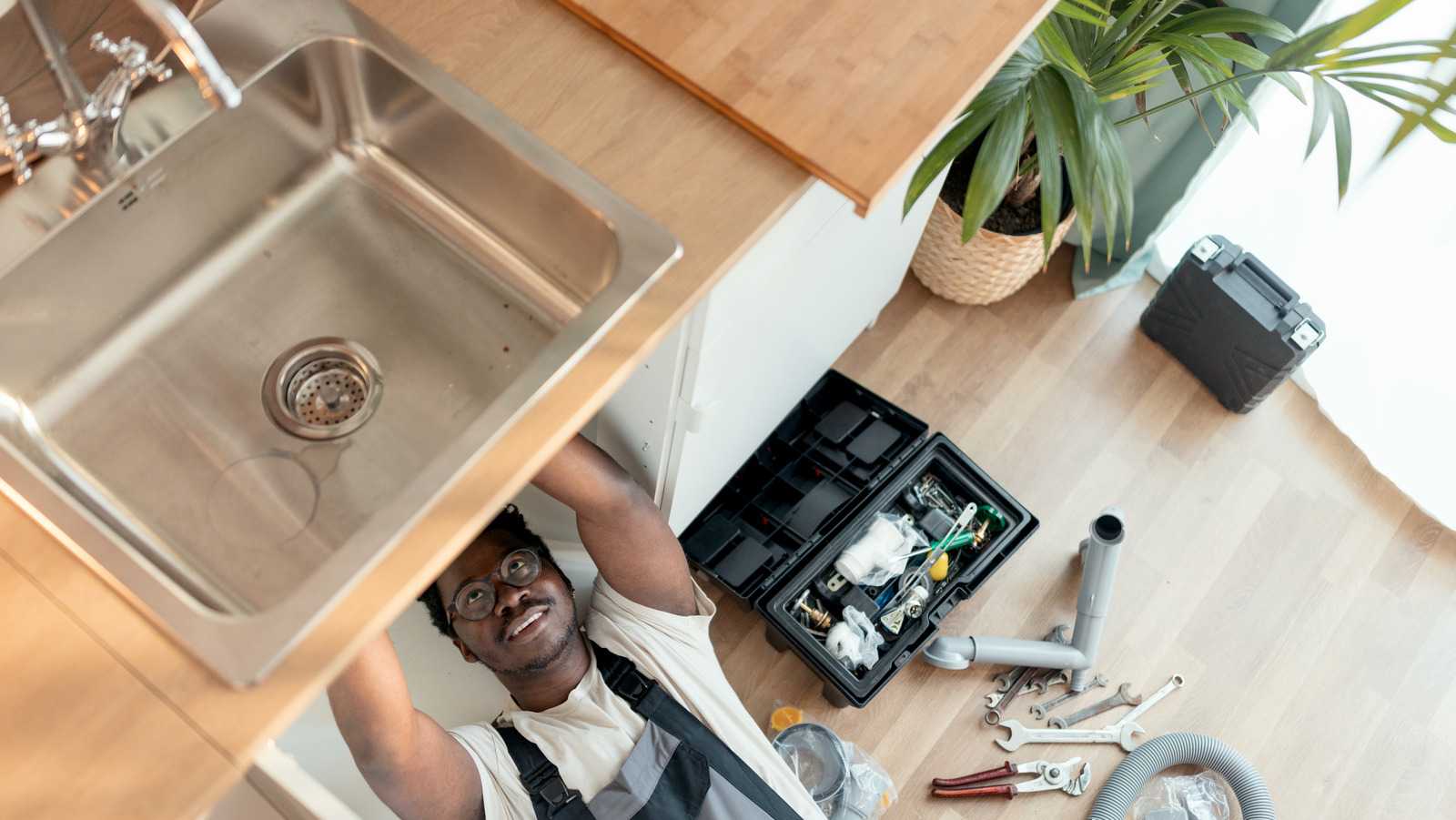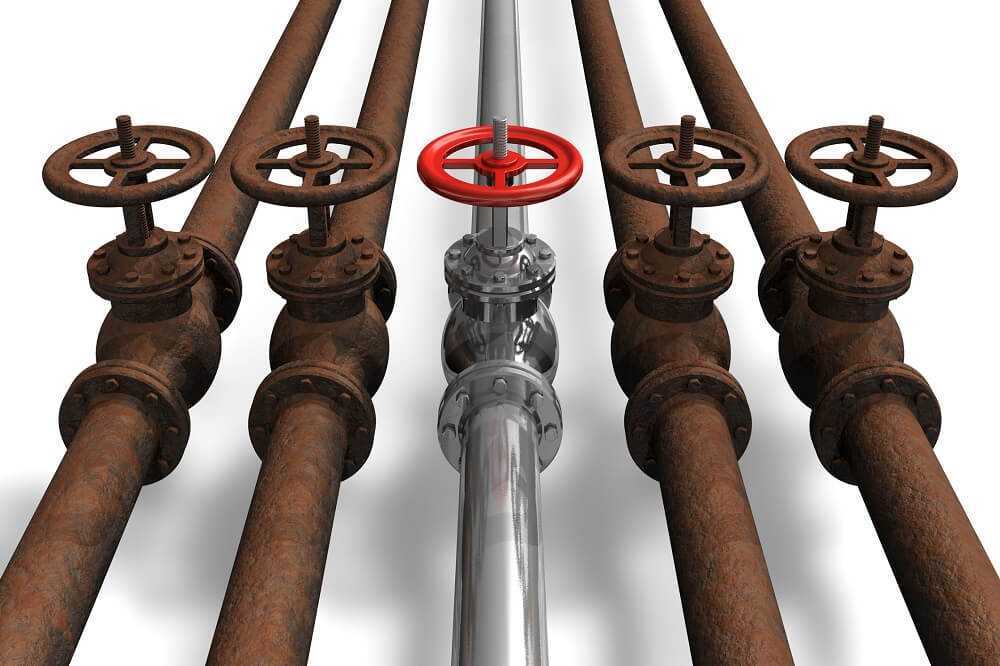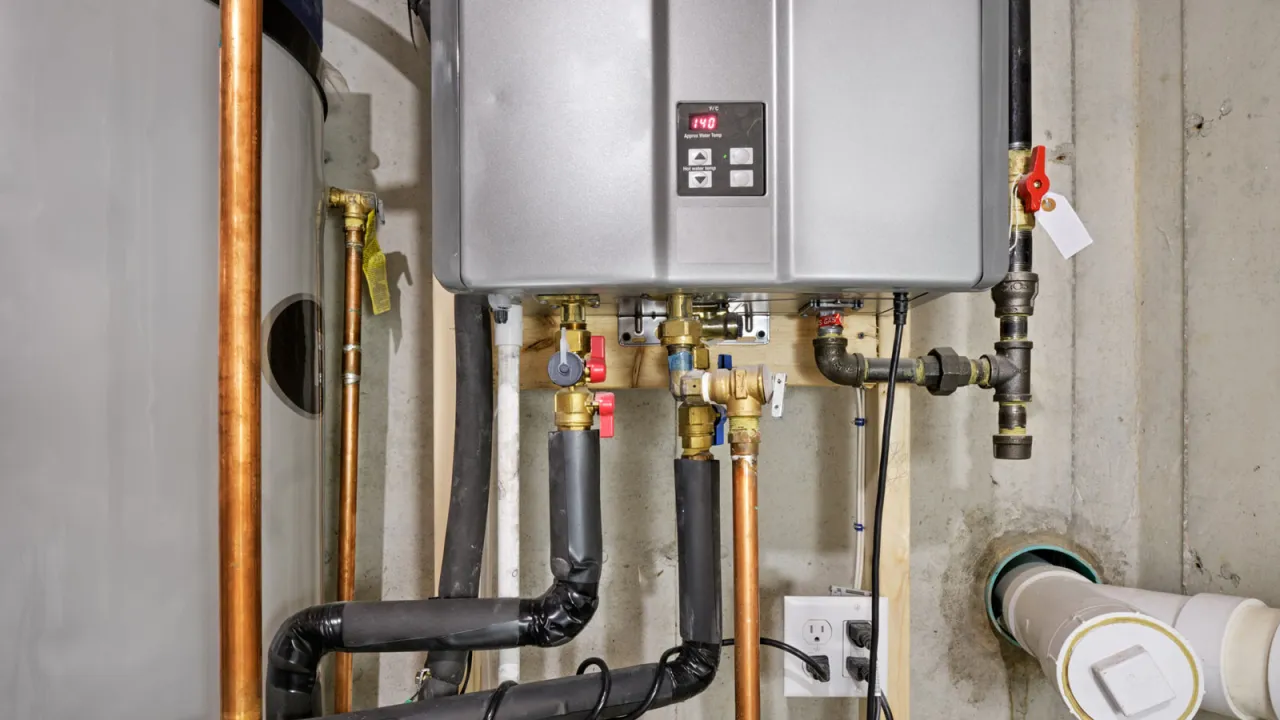When it comes to your kitchen’s functionality and efficiency, one piece of equipment that is often overlooked but plays a critical role is the humble kitchen mixer tap. Nevertheless, with regular use, these taps can start to show signs of wear and tear, leading to leaks and ultimately, possible replacement. Learn how to maximize the life span of your kitchen mixer tap and understand when it’s ideal to call a plumbing expert for a replacement.
Contents
- Maximizing Your Kitchen Mixer Tap’s Lifespan
- Proper Maintenance for Kitchen Taps
- Signs Your Tap Needs Replacement
- When To Call a Plumbing Expert
- Changing a Leaking Kitchen Tap
- Essential Tools for Tap Change
- Timeframe for Mixer Tap Replacement
- Maximising the Life of Your Kitchen Mixer Tap
- Regular Inspection and Gentle Usage
- Seasonal Maintenance Tips
- DIY Fixes for Common Issues
- Tell Tale Signs a Plumber Might be Needed
- The Final Turning Point
- Frequently Asked Questions (FAQ)
Maximizing Your Kitchen Mixer Tap’s Lifespan
Modern kitchen mixer taps can last for 15-20 years on average if they are well maintained. This longevity minimizes the cost and inconvenience of frequent replacements. Regular cleaning is one easy way to extend its life. Use mild soap and water, followed by a good rinse and pat dry immediately. Also avoid using abrasive pads or cleaners which may scratch or damage the tap’s finish.
Another way to maximize your kitchen mixer tap’s lifespan is through proper operation. When turning on and off, use gentle pressure—using excessive force can wear out internal components faster. Installing a water pressure regulator can also help protect your taps against high water pressures that can cause stress and subsequent damage.
Proper Maintenance for Kitchen Taps
Proper maintenance not only prevents costly replacements but also saves you money in terms of water bills and wasted resources. In fact, fixing easily corrected home leaks can reduce water bills by 10 percent. Furthermore, on a larger scale, leaky taps at home can account for over 10,000 gallons of water wasted annually—an alarming figure given that tap use accounts for 15-18% of total household water consumption.
Maintenance goes beyond simply looking for leaks though–pay attention also to the mixer’s handle movement. If it feels stiff or difficult to move, disassemble the tap and clean its parts or consider replacing worn-out components.
Signs Your Tap Needs Replacement
There are several signs that your mixer tap may need replacement. Aside from the obvious sign of constant leaking even after changing washers or seals, also be observant with unusual noises. If turning on/off your water produces strange sounds originating from the tap, there might be an issue requiring professional evaluation.
The age of your mixer tap is also an important factor. As previously mentioned, most mixer taps have a lifespan of 15-20 years with appropriate care and maintenance. If your tap has reached this mark and is showing symptoms of malfunctioning, it’s high time for a replacement.
Other signs are changes in water flow and rusty water—which indicate corrosion within the tap—and unexplained significant increase in water bills which could result from unseen leaks within the assembly or pipework.
When To Call a Plumbing Expert
If you’ve tried basic remedies such as checking and replacing washers or seals, and the problem persists, it is best to call an expert. Remember that nearly 85% of plumbing issues come from wear and tear and could be prevented with proper maintenance. The Plumbing-Heating-Cooling Contractors Association (PHCC) recommends that you always consult a professional plumber for anything beyond basic troubleshooting. Trying to DIY complex issues can lead to further damage, potentially escalating costs.
Also consider calling a plumber if your taps are aged or if they show signs of internal corrosion, as these problems typically require more skilled work beyond simple replacements.
Changing a Leaking Kitchen Tap
If you decide to tackle a leaking kitchen tap on your own, the first thing you’ll need are the right tools. A screwdriver, a wrench and, in some cases, an adjustable spanner are essential tools for this task. These common household items can be purchased at any hardware or construction store.
Firstly, identify your tap type—whether it’s a ball, cartridge or ceramic disk tap. This step is crucial because each one requires different methods of repair. Also ensure the water supply to the tap is turned off before you commence work to avoid flooding your kitchen.
Disassemble your tap carefully by loosening its screw or nut and then replace the faulty parts identified. The process may vary depending on the type of tap, so use manuals or online tutorials specific to your tap model for accurate guidance.
Essential Tools for Tap Change

The necessary tools for changing a kitchen mixer tap depend on your tap design and can usually be found in a standard tool box. Some common tools needed include an adjustable spanner or wrench (for turning nuts and bolts), screwdrivers (for removing screws), plumber’s tape (for sealing connections) and possibly pipe cutters if you’re fitting a new tap.
A basin wrench specifically, is a crucial tool for changing taps, as its swivel head and long handle are designed to access nuts behind the sink—where regular wrenches won’t reach. Also, nuts often get stuck, hence penetrating oil or a lubricant can be handy to loosen them before applying the wrench.
Timeframe for Mixer Tap Replacement
Depending on the complexity of the tap design and whether there are any unforeseen problems encountered during the process, it may take anywhere from a few hours to half a day to replace a kitchen mixer tap. A professional plumber can typically complete the task in one to two hours on average.
Costs vary widely for plumber services. These estimates depend on the location and complexity of work. While this may seem like a steep price, consider the fact that, if done incorrectly, DIY tap replacements can lead to costly mistakes—more than justification for a professionally done job.
Maximising the Life of Your Kitchen Mixer Tap
Hello, friends! Maintaining the condition of your kitchen equipment can sometimes feel like a daunting task, especially when it involves plumbing. Today, we’ll discuss about the steps to keep your kitchen mixer tap, one of the most frequently used equipment, in tip-top shape for as long as possible, thereby enabling you to save both money and effort in the long run.
Regular Inspection and Gentle Usage
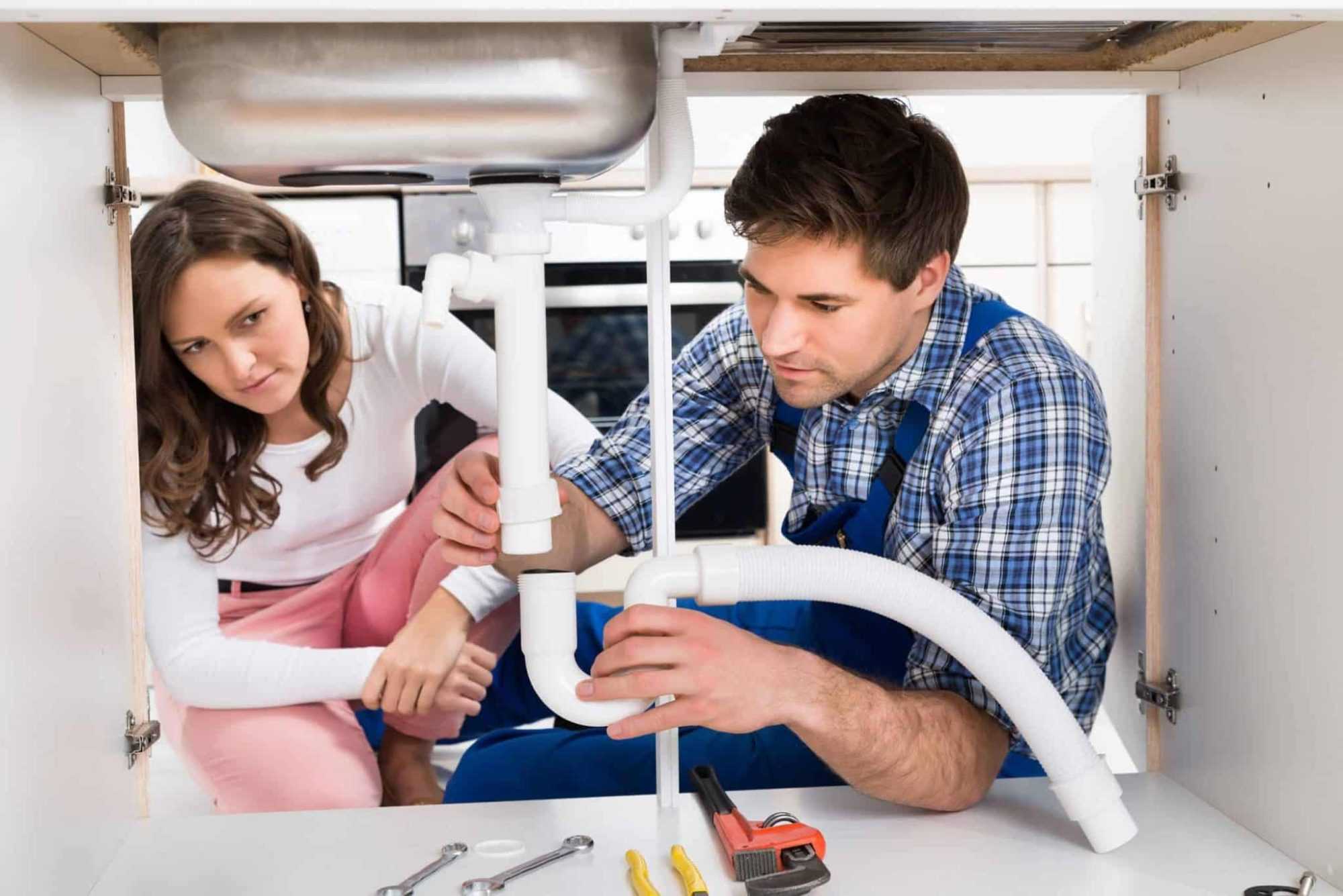
One of the key practices to extend the life of your kitchen mixer tap is regular inspection and gentle usage. As mundane as it sounds, this often overlooked routine is indeed essential. After all, over 85% of plumbing issues come from wear and tear and could have been prevented with proper maintenance.
You don’t need to be an expert plumber to carry this out! Just by cautiously turning the tap (valve), observing how water flows out and listening for any unusual noises can give you deja vu. If you hear anything usual or see something out of place, it might mean that parts of the tap might be wearing out. Necessary repair at this stage can save you costly replacements in the future!
Seasonal Maintenance Tips
Moving ahead! Your mission to maintain your kitchen mixer tap should also take seasonal changes into account. In colder months, for instance, ensure your sink area is adequately insulated to prevent your tap from freezing and subsequently bursting.
In hotter months, on the other hand, make sure that the heat doesn’t dry out and crack any of your tap’s rubber parts. This can go a long way in increasing the longevity of your mixer tap and preventing unnecessary water wastage that leaky taps can lead to!
DIY Fixes for Common Issues
- A worn-out washer is often the culprit behind leaking mixer taps. Luckily, this is a minor issue which even those with no prior plumbing experience can fix with just a screwdriver, wrench or an adjustable spanner.
- In certain cases, the tap might be leaking due to a loose nut (hardware). In such scenarios, one can use a wrench or an adjustable spanner to carefully tighten it.
However, always remember the golden rule of DIY plumbing: “Righty tighty, lefty loosey”. Over-tightening the screw or nut may lead to stripped threads and result in further damage.
Tell Tale Signs a Plumber Might be Needed
We all need professional help at some point, and when it comes to plumbing, it’s no different. If you’ve carried out all your regular inspections and fixes but are still experiencing issues with your mixer tap, it might be time to call in the experts.
Keep in mind, though, that regular maintenance and immediate action when issues like leaks appear can save you from facing sudden hefty plumber bills!
The Final Turning Point
In conclusion, extending the life of your kitchen mixer tap doesn’t require a degree in mechanical engineering or construction. Just some regular inspection, appropriate usage, and timely DIY fixes could go a long way. However, never hesitate in getting professional assistance when you feel necessary. After all, like everything else, your mixer tap too has a lifespan. And when it’s time to bid adieu, it’s better to start afresh with a new one than continuing with an old leaking one which can waste more than 3,000 gallons of water per year!
Frequently Asked Questions (FAQ)
1. How long does a kitchen mixer tap typically last?
A well-maintained kitchen tap can last between 15-20 years on average.
2. What can I do to maximize the lifespan of my kitchen mixer tap?
Regular cleaning, gentle usage and proper operation can extend the life of your kitchen mixer tap. Ensure you use only mild cleaning solutions and avoid abrasive materials to protect the tap’s finish. Also installing a water pressure regulator can help protect your taps against high water pressure that can cause damage.
3. What are the signs that my kitchen mixer tap needs a replacement?
Constant leaking even after changing washers or seals, unusual noises when turning on and off the water, significant changes in water flow, and rusted water are few signs that your tap may need a replacement.
4. Can I fix a leaking tap myself?
Yes. Depending on the complexity of the tap design and the problem, often a leaking tap can be fixed by replacing the worn-out washer or other faulty components which can usually be done with common household tools.
5. When should I call a plumbing expert?
If you have tried basic troubleshooting and the problem persists, it is best to call an expert. Also consult a professional if your taps are showing signs of internal corrosion or if they are aged beyond their expected lifespan.
6. What tools will I need to replace a kitchen mixer tap?
Common tools needed for this task include a screwdriver, a wrench or an adjustable spanner, plumber’s tape (for sealing connections), and, in some cases, a basin wrench and pipe cutters.
7. Approximately how long does it take to replace a kitchen tap?
Depending on the complexity of the tap design, it may take anywhere from a few hours to half a day to replace a kitchen tap. A professional plumber can typically complete the task in one to two hours on average.
8. Should I replace my mixer tap or repair it?
It largely depends on the condition of your tap. If it’s only leaking or showing minor signs of wear, a simple repair might suffice. However, if the tap shows significant signs of corrosion, makes unusual noises, or exhibits a drastic change in water flow, replacement might be more cost-effective in the long run.
9. What happens if I don’t replace a faulty mixer tap?
If left unrepaired or replaced, a faulty mixer tap can contribute to excessive water wastage, which can lead to increased water bills. The problem could also worsen over time, potentially leading to more costly repairs or replacements in the future.
Dan’s Plumbing is a leading name in emergency plumbing across Australia. We ensure prompt and effective plumbing solutions for residents across Brisbane, Sydney, Melbourne, and the Gold Coast.
- Preventing Corrosion in Your Pipes: Professional Pipe Inspection Services - September 26, 2024
- Upgrading to Smart Plumbing Technology – Professional Smart Home Integration - September 26, 2024
- Top Tips to Minimise and Combat Mould and Mildew in Your Bathroom and When You Might Need a Professional Mould Removal Service - August 26, 2024
Related posts:
 When DIY Plumbing Won t Cut It: Signs You Need to Call a Licensed Plumber
When DIY Plumbing Won t Cut It: Signs You Need to Call a Licensed Plumber
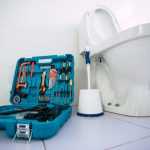 Basic Toilet Troubleshooting Problems and When You Need to Call a Licensed Plumber
Basic Toilet Troubleshooting Problems and When You Need to Call a Licensed Plumber
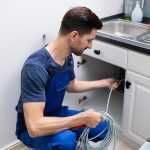 Recognizing Signs of a Plumbing Emergency: When to Call Dan’s Plumbing ASAP
Recognizing Signs of a Plumbing Emergency: When to Call Dan’s Plumbing ASAP
 Basic Tools Every Sydney Homeowner Should Have, and When to Call a Plumber
Basic Tools Every Sydney Homeowner Should Have, and When to Call a Plumber
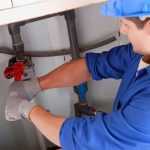 Detecting Common Sydney Household Plumbing Leaks: When to Call a Professional
Detecting Common Sydney Household Plumbing Leaks: When to Call a Professional
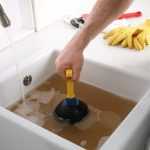 Simple Bathroom Maintenance Tips for Beginners Knowing When to Call Dan’s Plumbing
Simple Bathroom Maintenance Tips for Beginners Knowing When to Call Dan’s Plumbing

